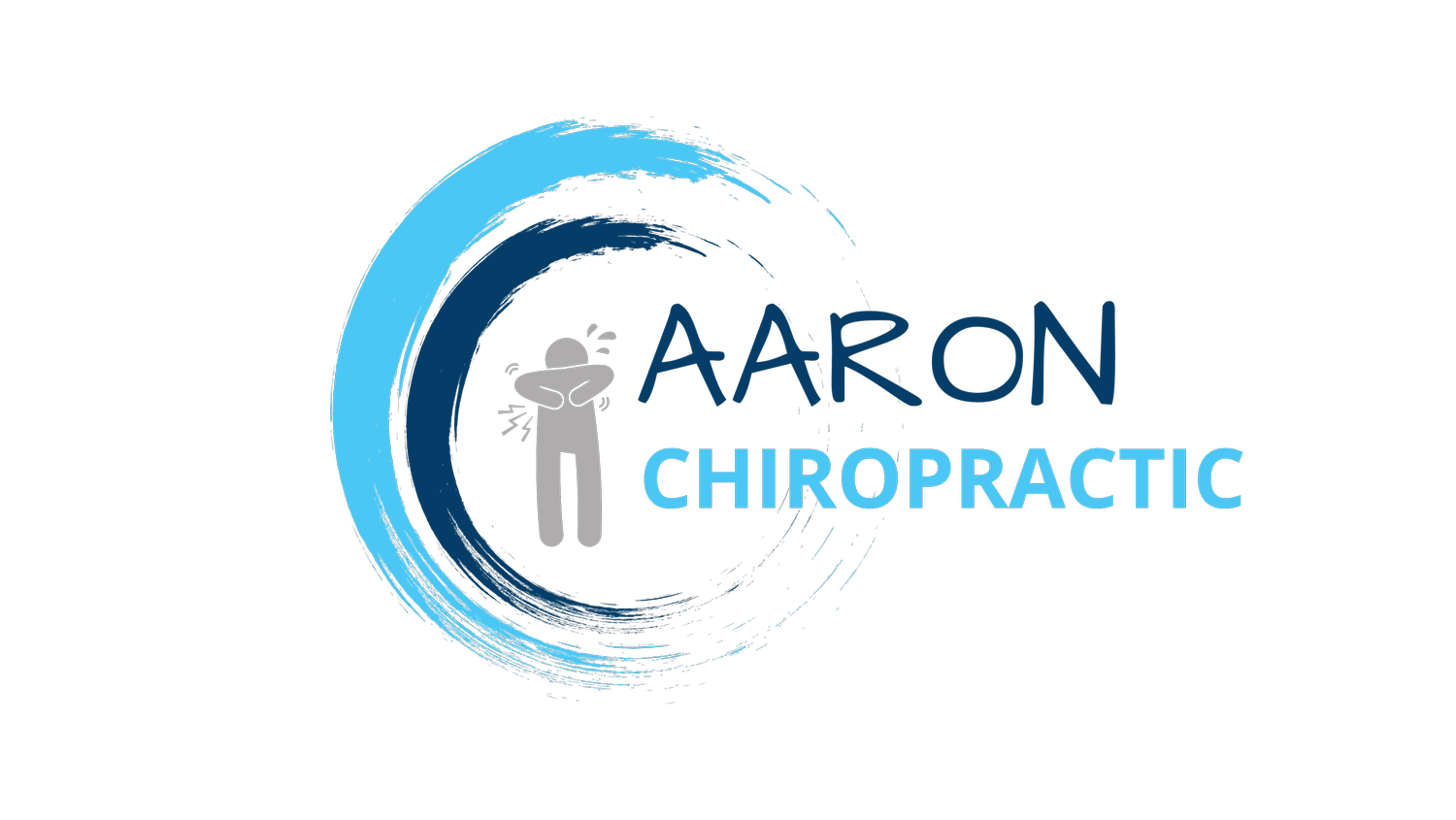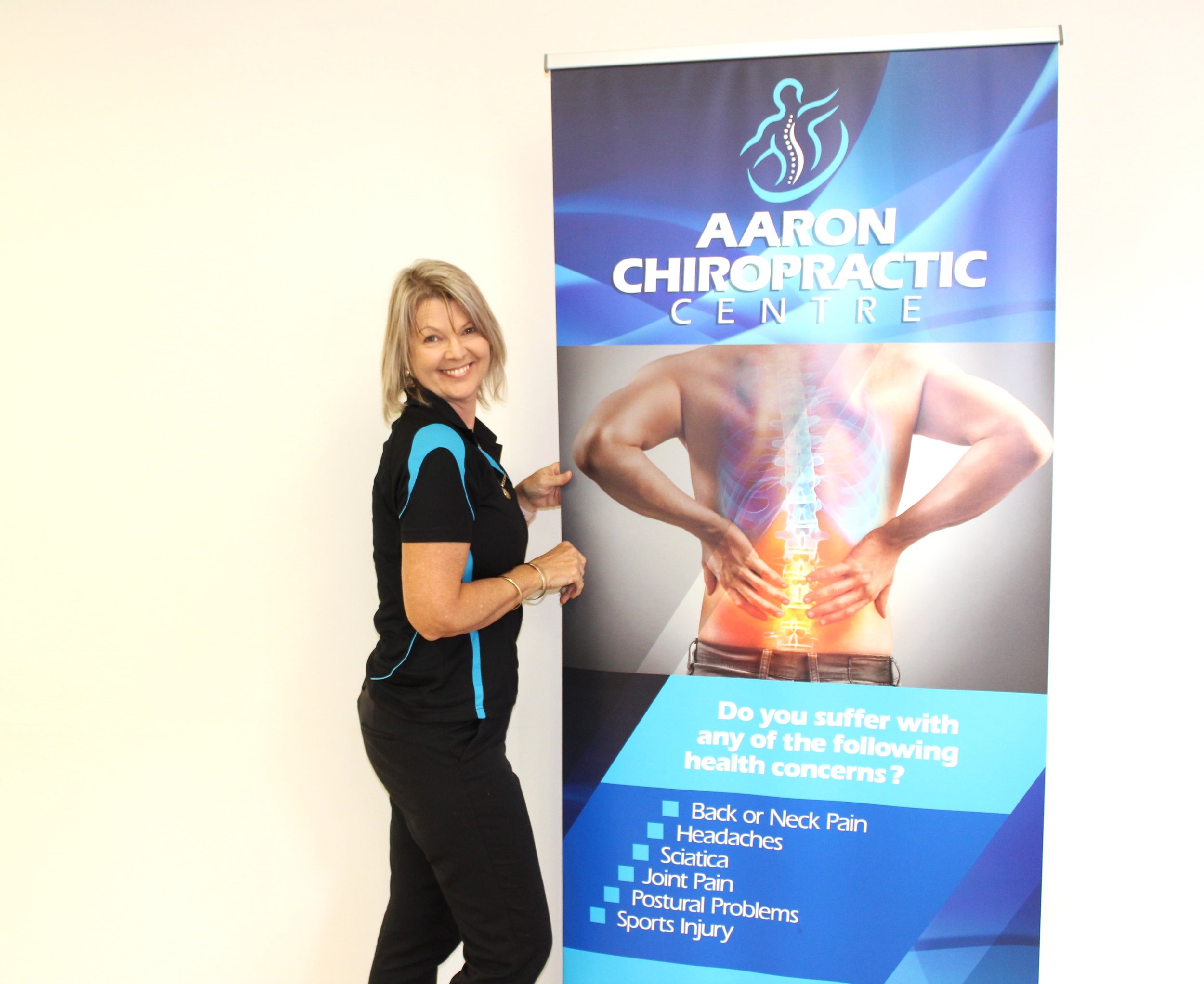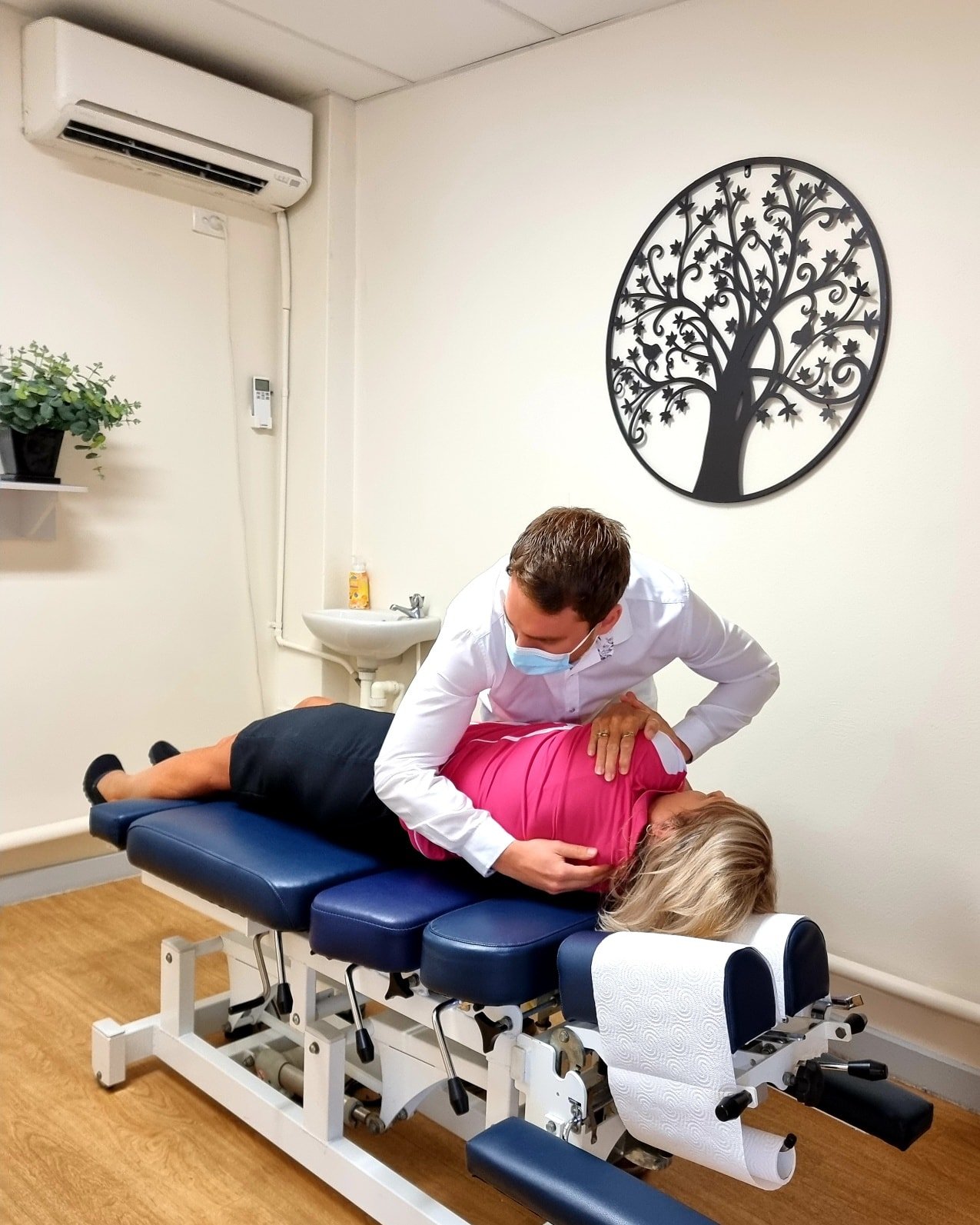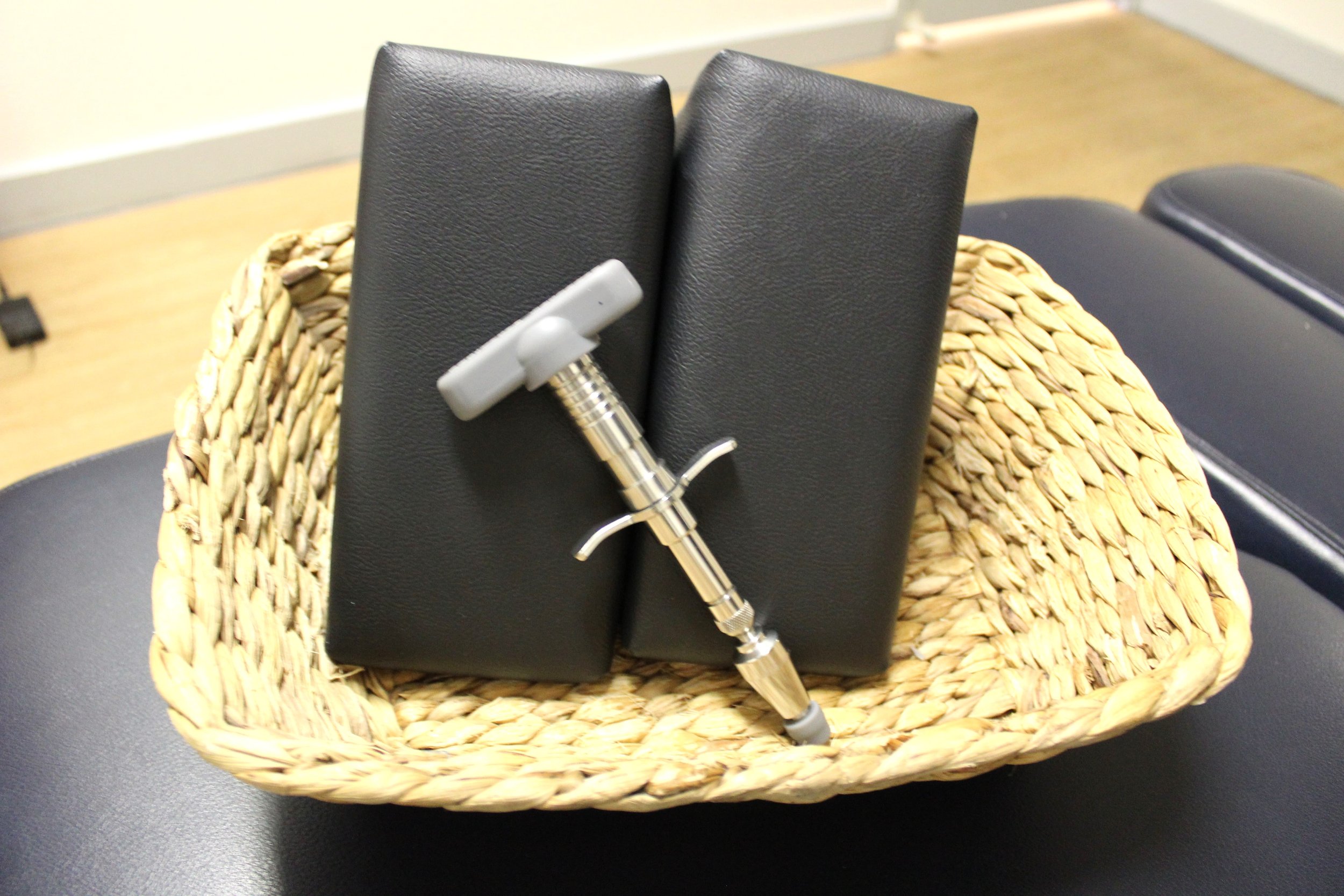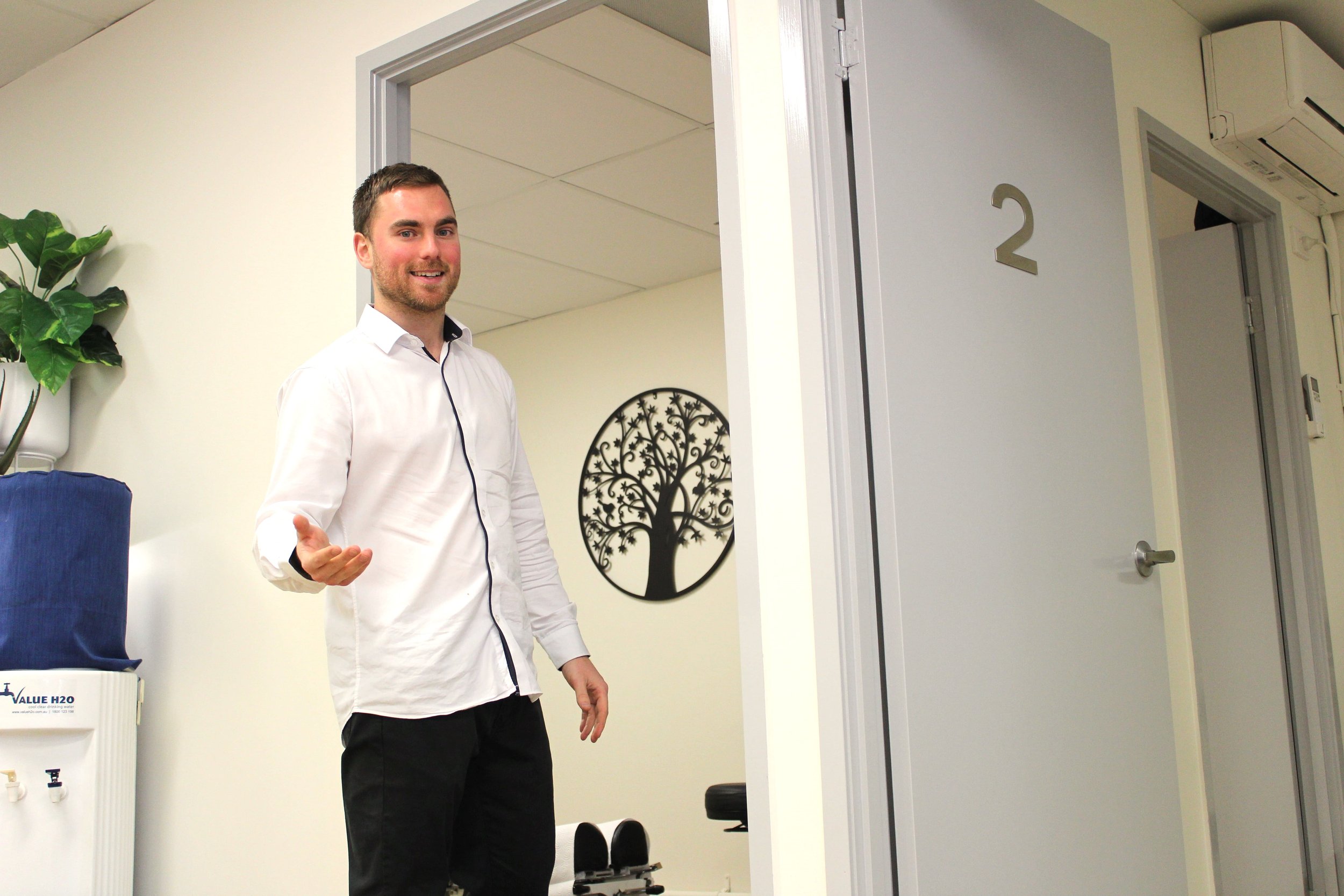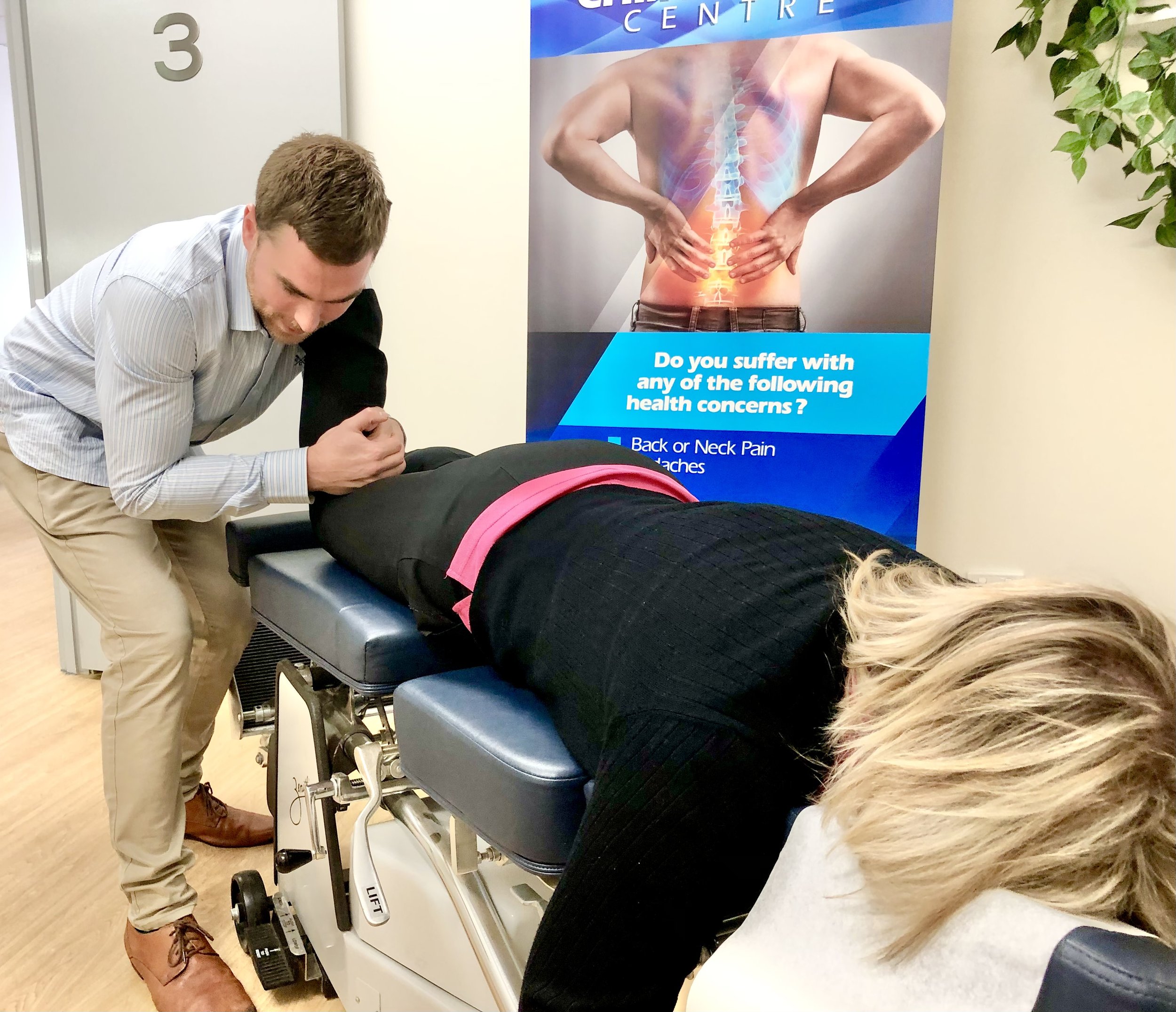How Chiropractors Can Help with High Back Pain
What is high back pain?
High back pain, also known as thoracic back pain, refers to discomfort or pain in the upper portion of the back. This area, located between the base of the neck and the bottom of the rib cage, is known as the thoracic spine. High back pain can be caused by various factors, including muscle strain, poor posture, spinal abnormalities, or underlying medical conditions. The pain may range from mild to severe and can be accompanied by stiffness, limited mobility, or muscle spasms. Chiropractors are healthcare professionals who specialize in the diagnosis and treatment of musculoskeletal disorders, including high back pain. They use non-invasive techniques, such as spinal adjustments and manipulations, to alleviate pain, improve spinal alignment, and enhance overall function. Chiropractic care for high back pain may also involve exercises, stretches, and lifestyle modifications to promote healing and prevent future episodes of pain. By addressing the root cause of the pain, chiropractors can help individuals find relief and improve their quality of life.
Causes of high back pain
High back pain can be caused by a variety of factors. One common cause is poor posture, which puts strain on the muscles and ligaments in the upper back. Another cause is muscle imbalances, where certain muscles become too tight or weak, leading to pain and discomfort. Injuries, such as sprains or strains, can also result in high back pain. Additionally, conditions like herniated discs or arthritis can contribute to this type of pain. It is important to identify the underlying cause of high back pain in order to determine the most effective treatment approach.
Prevalence of high back pain
High back pain, also known as thoracic back pain, is a common condition that affects many individuals. It refers to discomfort or pain in the upper back region, specifically the area between the shoulder blades and the base of the neck. The prevalence of high back pain is significant, with a large number of people experiencing this issue at some point in their lives. Various factors can contribute to the development of high back pain, including poor posture, muscle strain, trauma, and degenerative conditions. Chiropractors can play a crucial role in the management and treatment of high back pain, utilizing their expertise in spinal manipulation and other therapeutic techniques to alleviate pain, improve mobility, and enhance overall spinal health.
Chiropractic treatment for high back pain
Benefits of chiropractic care
Chiropractic care offers several benefits for individuals suffering from high back pain. One of the main advantages is that it provides a non-invasive and drug-free approach to pain management. Chiropractors use manual adjustments and other techniques to align the spine and relieve pressure on the affected area. This can help reduce inflammation, improve range of motion, and alleviate discomfort. Additionally, chiropractic care focuses on addressing the root cause of the pain rather than just treating the symptoms, which can lead to long-term relief and improved overall well-being. Overall, chiropractic care can be a valuable option for individuals seeking natural and holistic methods to alleviate high back pain.
Techniques used in chiropractic treatment
Chiropractors use a variety of techniques to help alleviate high back pain. One common technique is spinal manipulation, where the chiropractor applies controlled force to the spine to improve alignment and reduce pain. Another technique is mobilization, which involves gently moving the joints and muscles to increase flexibility and reduce stiffness. Soft tissue therapy, such as massage and stretching, may also be used to relieve tension and promote healing. Additionally, chiropractors may recommend exercises and lifestyle changes to improve posture and prevent future episodes of high back pain. Overall, chiropractic treatment offers a holistic approach to addressing high back pain by targeting the underlying causes and providing natural, non-invasive solutions.
Diagnosis of high back pain
Physical examination
During the physical examination, a chiropractor will assess the patient's range of motion, posture, and spinal alignment. They may use manual palpation to identify areas of tenderness or tightness in the muscles and joints. Additionally, the chiropractor may perform orthopedic tests to evaluate the integrity of the spine and surrounding structures. This thorough examination allows the chiropractor to identify any underlying issues that may be contributing to the patient's high back pain. By understanding the root cause of the pain, the chiropractor can develop a personalized treatment plan to alleviate symptoms and improve the patient's overall spinal health.
Diagnostic imaging
Diagnostic imaging plays a crucial role in the treatment of high back pain by chiropractors. It allows them to visualize the internal structures of the spine and identify any abnormalities or injuries that may be causing the pain. Common types of diagnostic imaging used in chiropractic care include X-rays, MRI scans, and CT scans. These imaging techniques provide valuable information about the condition of the spine, such as the alignment of the vertebrae, the presence of herniated discs, or the extent of any degenerative changes. By utilizing diagnostic imaging, chiropractors can accurately diagnose the underlying cause of high back pain and develop a personalized treatment plan to alleviate discomfort and promote healing.
Other diagnostic tests
Other diagnostic tests may be recommended to further evaluate the cause of high back pain. These tests can include imaging studies such as X-rays, MRI scans, or CT scans, which can provide detailed images of the spine and surrounding tissues. Additionally, blood tests may be ordered to check for signs of inflammation or infection. In some cases, a bone scan or nerve conduction study may be performed to assess nerve function and identify any abnormalities. These diagnostic tests can help chiropractors determine the most appropriate treatment plan for individuals with high back pain.
Prevention of high back pain
Maintaining good posture
Maintaining good posture is essential for preventing and managing high back pain. When you have poor posture, it puts extra strain on your back muscles and spine, leading to discomfort and pain. By practicing good posture habits, such as sitting up straight, keeping your shoulders back, and aligning your spine, you can reduce the risk of developing high back pain. Additionally, maintaining good posture can also help alleviate existing pain by relieving pressure on the affected areas. It is important to be mindful of your posture throughout the day, whether you are sitting, standing, or moving, to promote a healthy spine and minimize the chances of experiencing high back pain.
Regular exercise and stretching
Regular exercise and stretching are essential for managing and preventing high back pain. Engaging in regular physical activity helps strengthen the muscles in the back, improving their ability to support the spine and maintain proper alignment. It also helps increase flexibility, reducing the risk of muscle strain and tension. Stretching exercises specifically targeting the back can help alleviate stiffness and improve range of motion. Additionally, exercise promotes the release of endorphins, natural pain-relieving chemicals in the brain, which can provide relief from high back pain. Incorporating a combination of cardiovascular exercise, strength training, and flexibility exercises into your routine can help alleviate and prevent high back pain, allowing you to maintain a healthy and active lifestyle.
Ergonomic adjustments
Ergonomic adjustments play a crucial role in managing high back pain. By making simple changes to our workstations and daily activities, we can reduce strain on the muscles and joints in the upper back. Proper positioning of the chair, desk, and computer monitor can help maintain a neutral spine alignment and alleviate pressure on the vertebrae. Additionally, using an ergonomic chair with lumbar support and adjustable armrests can provide the necessary support and promote good posture. Taking regular breaks to stretch and move around can also prevent muscle stiffness and improve blood circulation, further reducing the risk of high back pain. By implementing these ergonomic adjustments, individuals can effectively manage their high back pain and enhance their overall well-being.
Lifestyle changes for managing high back pain
Healthy diet and weight management
A healthy diet and weight management are essential for managing high back pain. Excess weight puts added strain on the spine, leading to increased discomfort and pain. Incorporating nutrient-rich foods, such as fruits, vegetables, lean proteins, and whole grains, can help reduce inflammation and promote healing. Additionally, maintaining a healthy weight through portion control and regular exercise can alleviate pressure on the back and improve overall spinal health. Consulting with a chiropractor can provide personalized guidance on diet and weight management strategies to support the treatment of high back pain.
Stress management techniques
Stress management techniques play a crucial role in alleviating high back pain. When the body is under stress, it can lead to muscle tension and tightness in the upper back, causing discomfort and pain. . These techniques may include relaxation exercises, such as deep breathing and meditation, which can help reduce stress levels and promote overall well-being. Chiropractors may recommend lifestyle changes, such as regular exercise, proper nutrition, and adequate sleep, to help manage stress and prevent the recurrence of high back pain. By incorporating stress management techniques into their treatment plans, chiropractors can offer comprehensive care to individuals seeking relief from high back pain.
Avoiding activities that worsen high back pain
Avoiding activities that worsen high back pain is crucial for managing and preventing further discomfort. It is important to be mindful of movements and positions that put strain on the upper back, such as heavy lifting, repetitive bending, and prolonged sitting. Engaging in regular exercise that strengthens the back muscles and improves flexibility can also help alleviate high back pain. Additionally, maintaining good posture and using proper body mechanics while performing daily activities can reduce the risk of exacerbating the condition. By being proactive in avoiding activities that exacerbate high back pain, individuals can take control of their health and promote a pain-free lifestyle.
Conclusion
The role of chiropractors in managing high back pain
Chiropractors play a crucial role in managing high back pain. With their expertise in spinal manipulation and adjustments, chiropractors can help alleviate pain, improve mobility, and promote overall spinal health. By targeting the underlying causes of high back pain, such as misalignments or muscle imbalances, chiropractors can provide targeted treatment plans tailored to each individual. Through a combination of manual therapies, exercises, and lifestyle recommendations, chiropractors aim to not only relieve symptoms but also prevent future episodes of high back pain. Their holistic approach and focus on the body's natural healing abilities make chiropractors valuable partners in the management of high back pain.
Importance of early intervention
Early intervention is crucial when it comes to managing high back pain. By seeking help from a chiropractor at the first sign of discomfort, individuals can prevent the condition from worsening and reduce the risk of long-term complications. Chiropractors are trained to identify the underlying causes of high back pain and develop personalized treatment plans to address them. Through a combination of spinal adjustments, exercises, and lifestyle modifications, chiropractors can help alleviate pain, improve mobility, and enhance overall well-being. Therefore, recognizing the importance of early intervention and seeking chiropractic care promptly can make a significant difference in managing high back pain effectively.
Future directions in chiropractic care for high back pain
Future directions in chiropractic care for high back pain include the integration of advanced technology and evidence-based practices. With the advancements in medical imaging and diagnostic tools, chiropractors can now accurately assess the underlying causes of high back pain and develop personalized treatment plans. Additionally, the use of telehealth services allows chiropractors to provide remote consultations and follow-ups, improving accessibility and convenience for patients. Furthermore, ongoing research and collaboration with other healthcare professionals can lead to the development of innovative and multidisciplinary approaches to managing high back pain. These future directions in chiropractic care hold great promise in improving outcomes and enhancing the overall quality of life for individuals suffering from high back pain.
